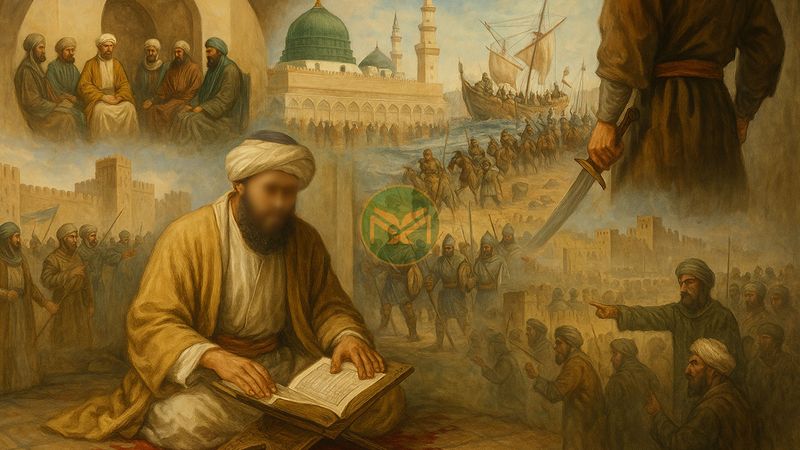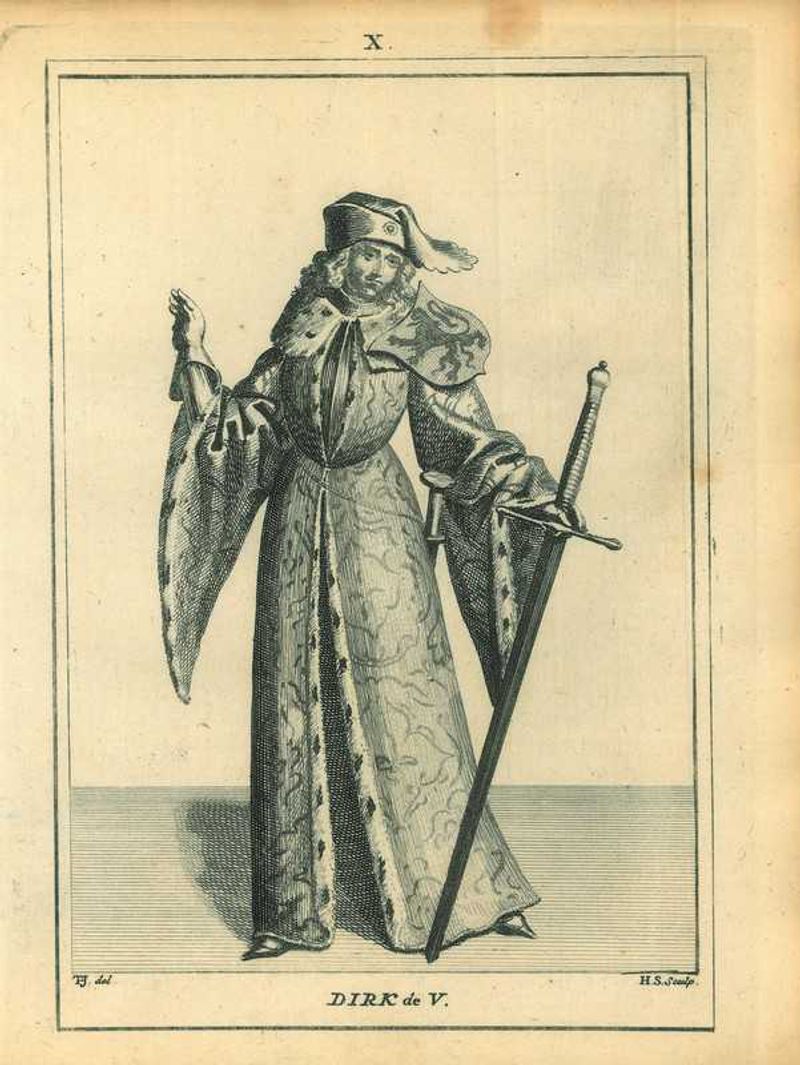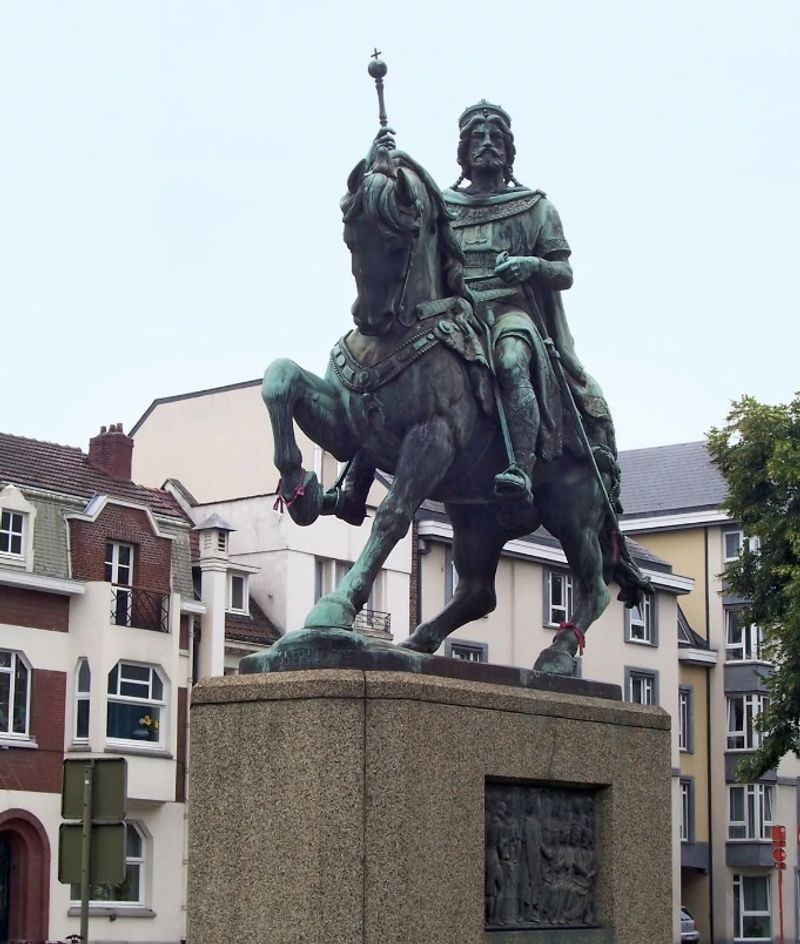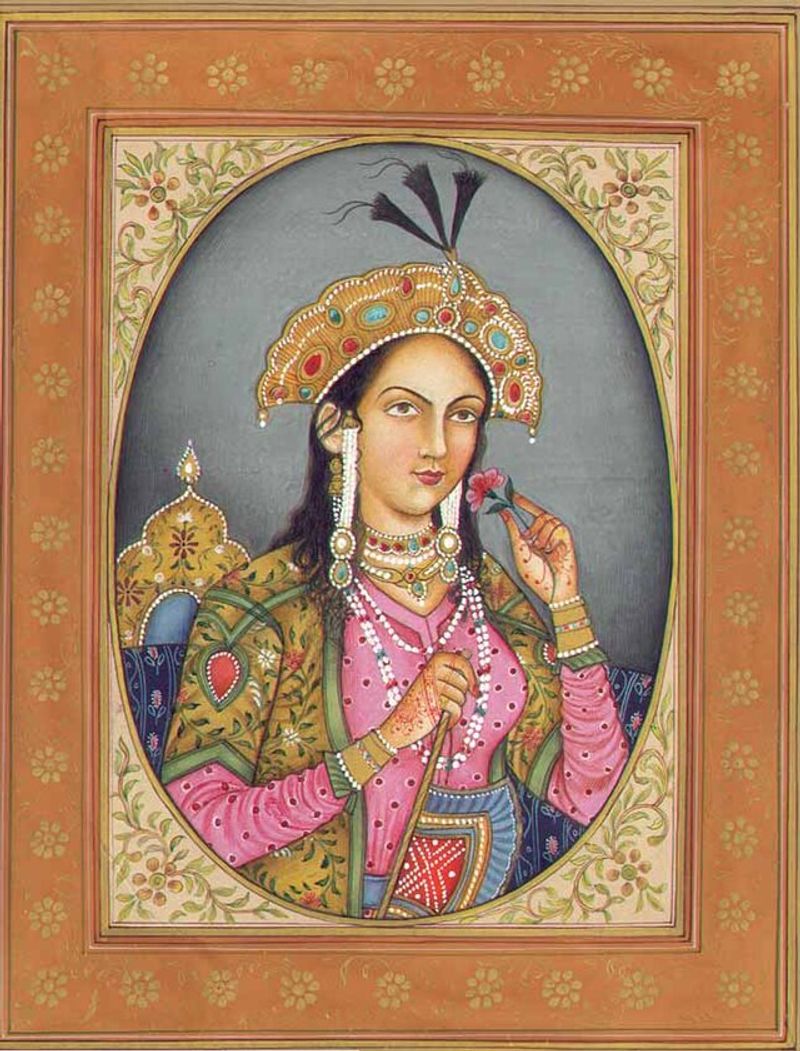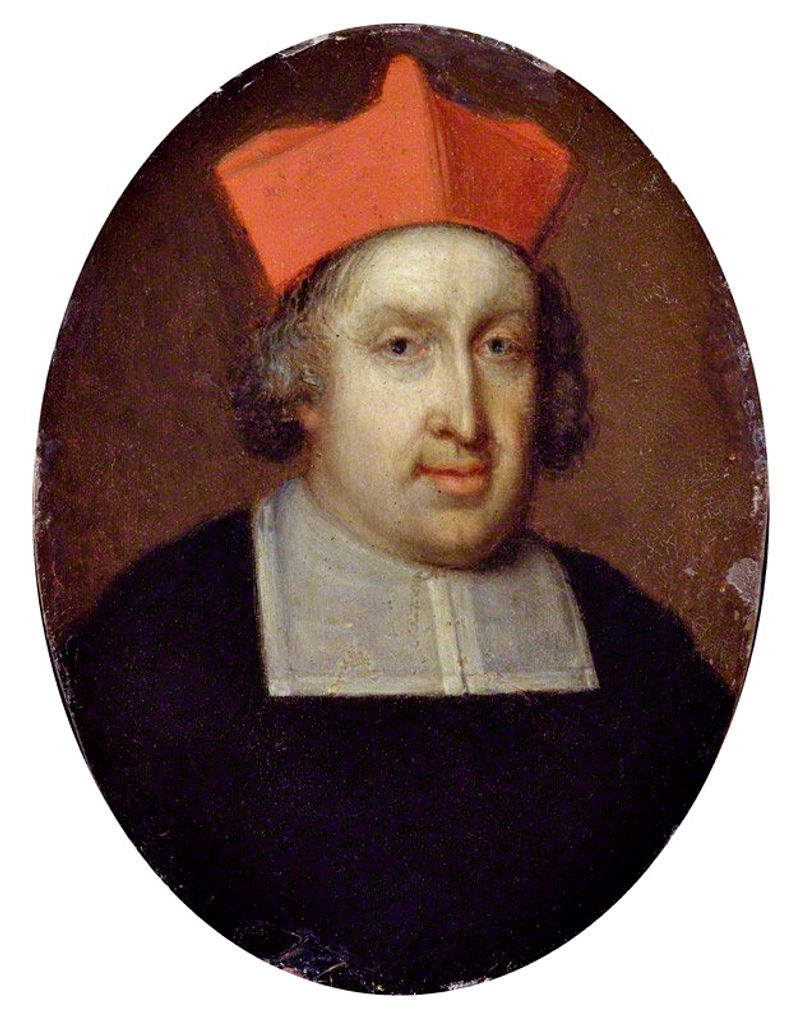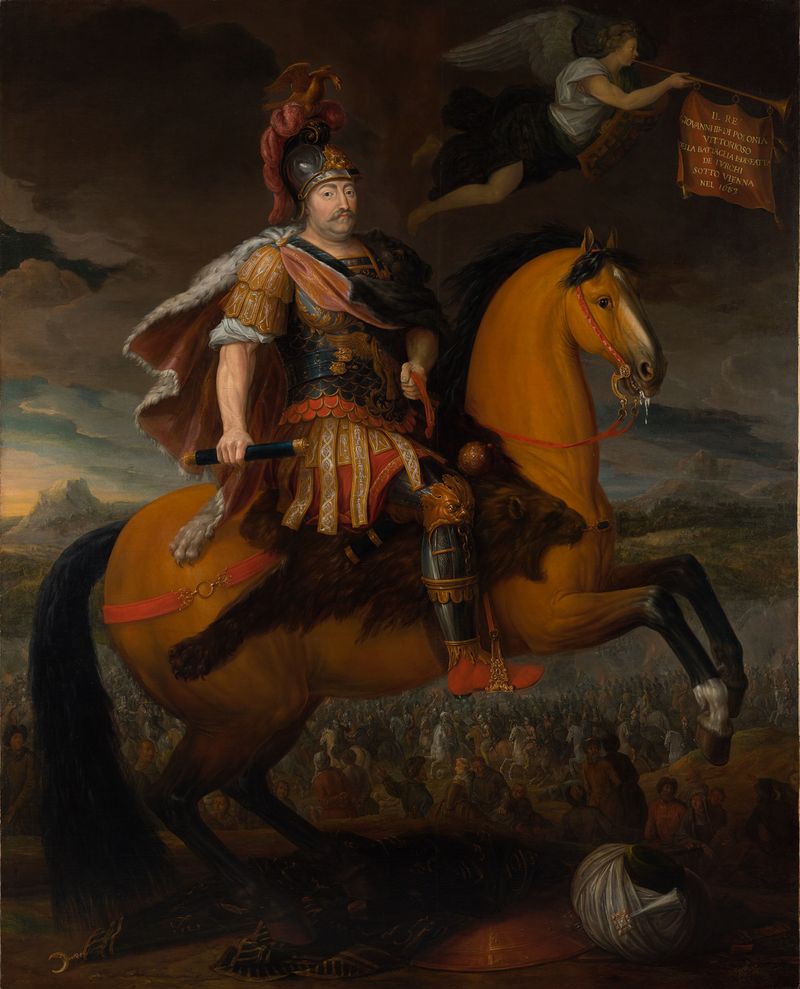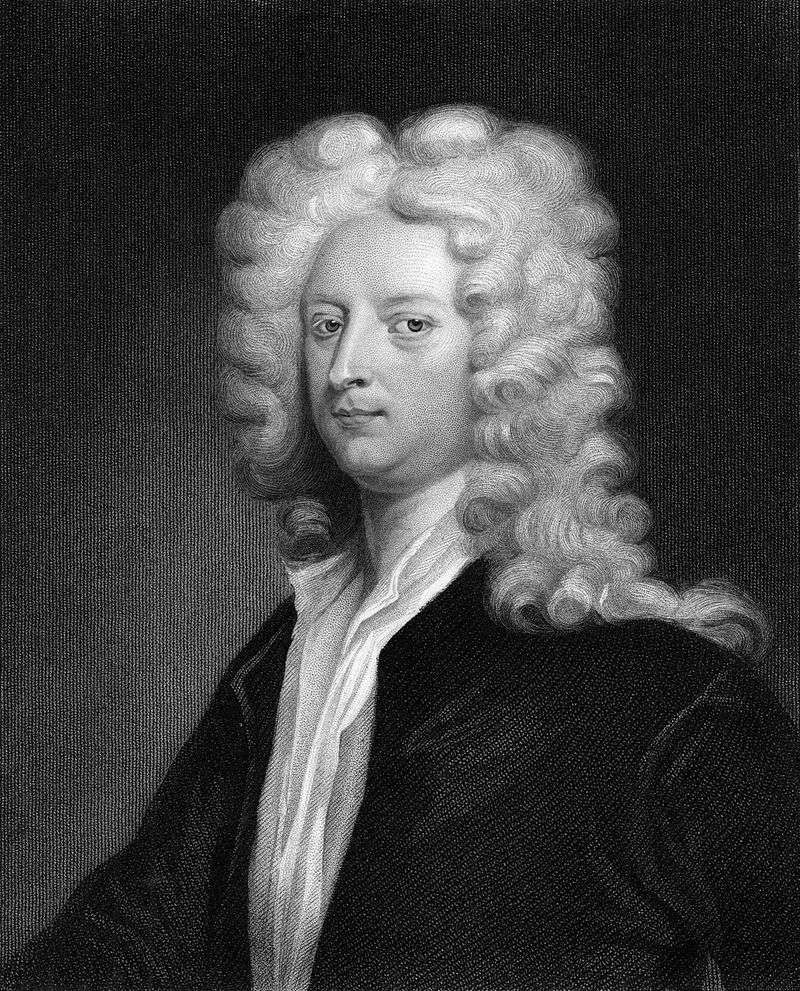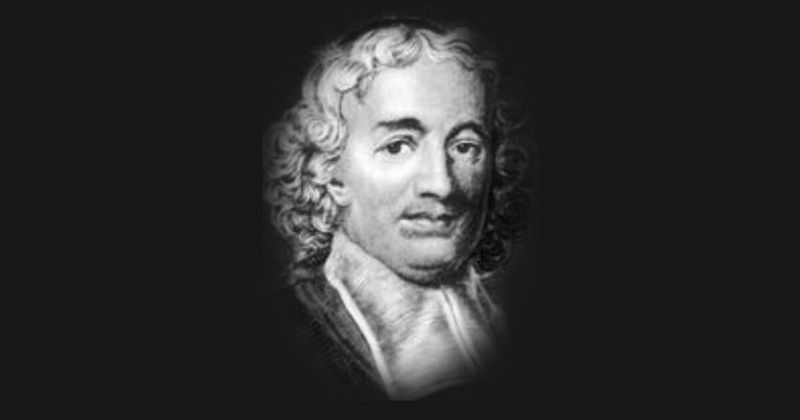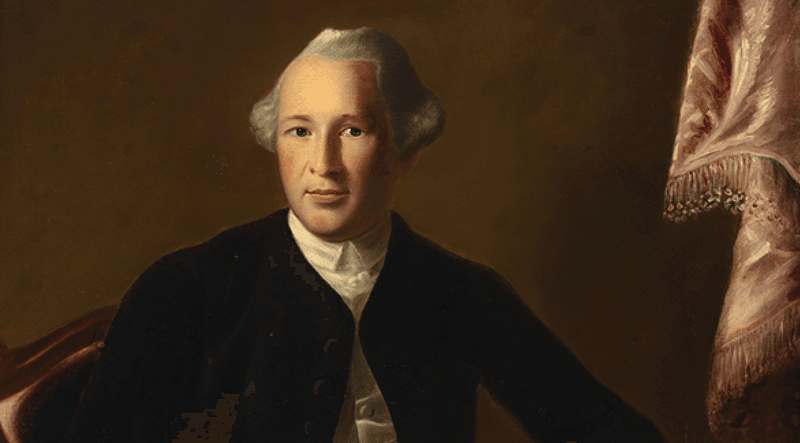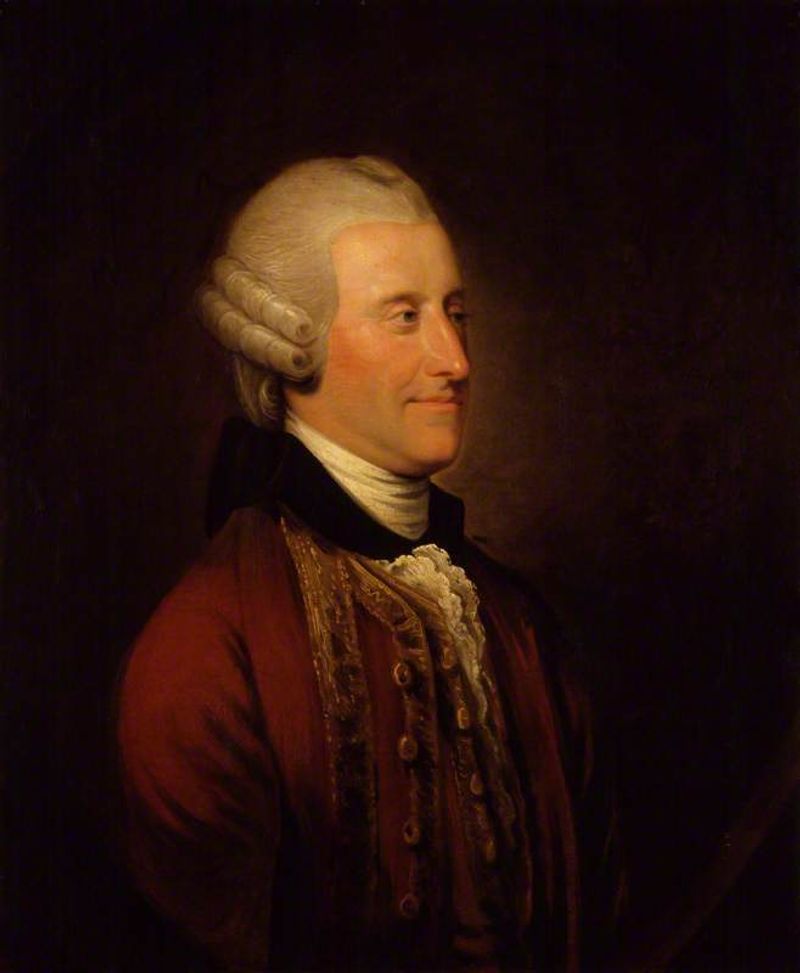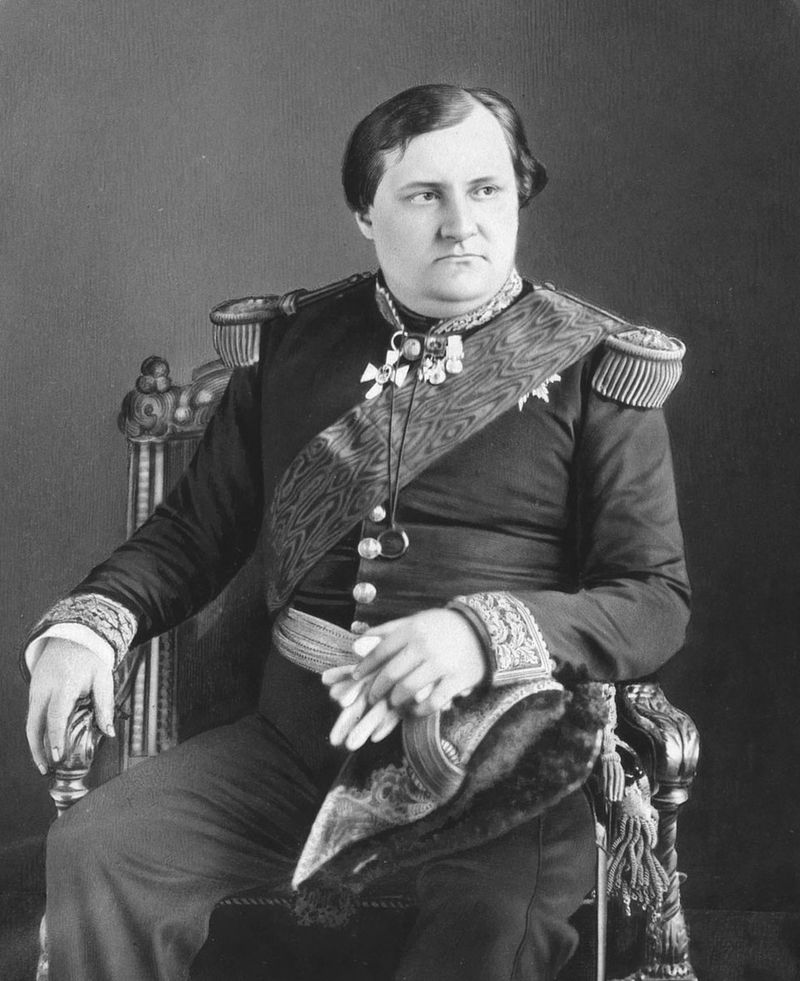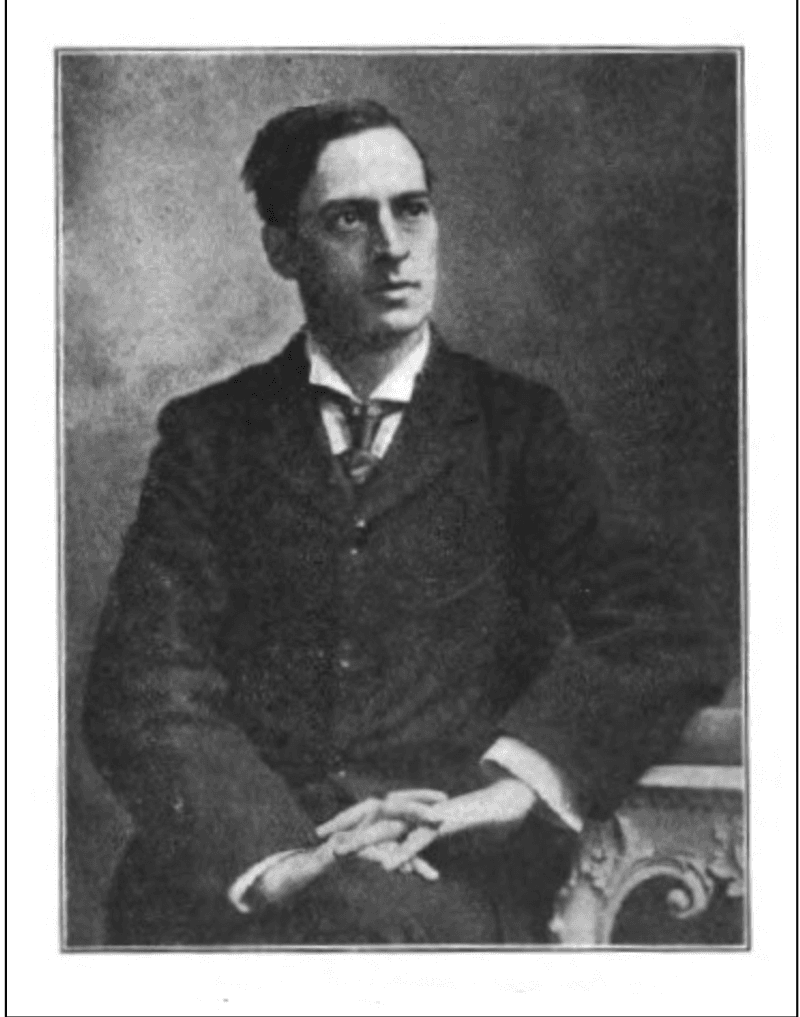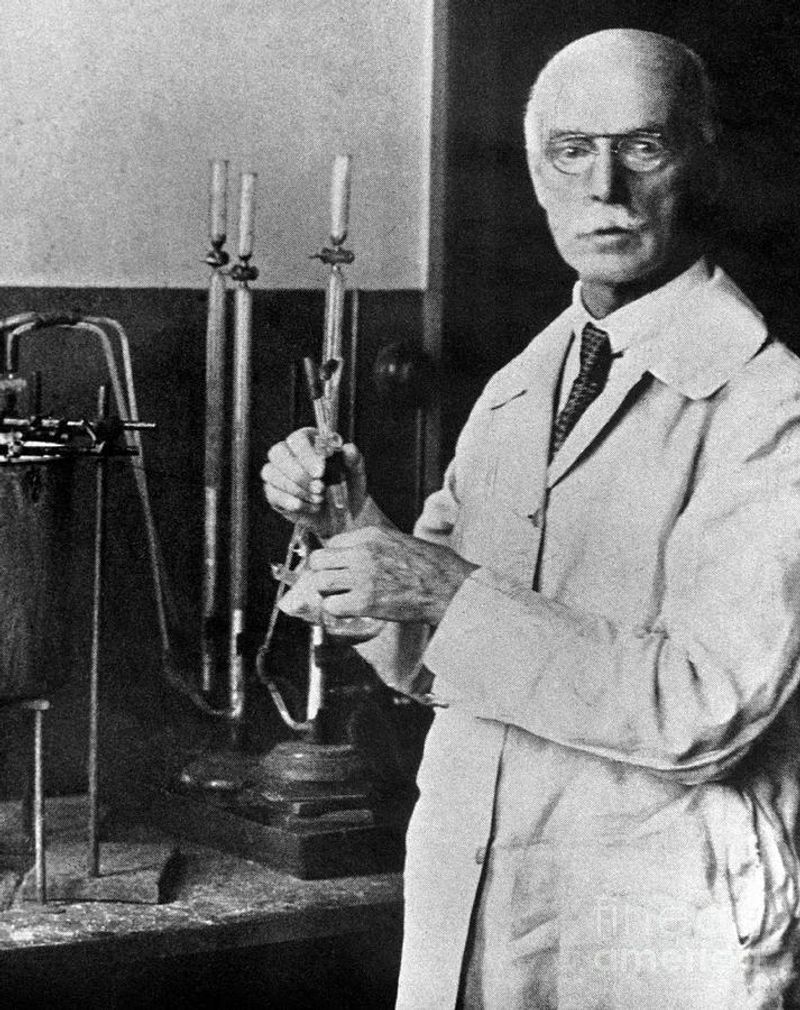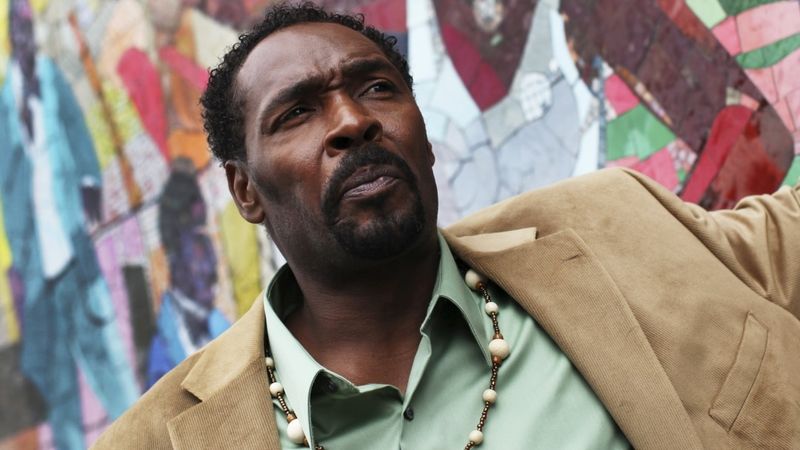Explore the stories of 25 remarkable individuals whose lives, filled with leadership, creativity, bravery, and innovation, came to an end on June 17. Each person left an indelible mark on history, and their legacies continue to inspire generations. From religious leaders to artists, warriors to writers, these figures have shaped the world in unique ways. Join us in remembering their contributions and celebrating their extraordinary lives.
1. Uthman ibn Affan, Third Caliph of Islam, 656
A pivotal figure in Islamic history, Uthman ibn Affan was the third caliph who played a significant role in the expansion of the Islamic empire. Known for his devout faith and generosity, he was instrumental in compiling the Quran into a single book, ensuring its consistency across the Muslim world. Uthman’s leadership was characterized by a commitment to justice and community welfare. Despite facing internal dissent, his efforts in state-building laid foundations that would endure for centuries. His assassination marked a turning point, sparking significant political changes within the Islamic caliphate.
2. Pope Adeodatus II, 77th pontiff of the Catholic Church, 676
Pope Adeodatus II led the Catholic Church during a period of relative peace and stability. His papacy is noted for its focus on monasticism and the rebuilding of churches. Adeodatus was dedicated to religious reform and fostered a spirit of devotion among the clergy and laity. His contributions to the strengthening of church infrastructure were significant, ensuring that spiritual guidance remained accessible. Known for his humility and piety, Adeodatus’s leadership left a lasting impact on the church’s development. He is remembered for his gentle nature and commitment to faith.
3. Dirk V, Count of Holland, 1091
Dirk V, Count of Holland, navigated the complexities of medieval European politics with strategic acumen. Known for his assertive leadership, Dirk expanded his territories and fortified his realm against external threats. His reign was marked by efforts to consolidate power and maintain autonomy in a turbulent era. Dirk’s ability to forge alliances and manage conflicts was crucial in strengthening Holland’s position within the Holy Roman Empire. His legacy is remembered for the boldness and determination that defined his rule, setting the stage for future counts of Holland.
4. Baldwin VII (‘Boudouin with the Axe’), Count of Flanders, 1119
Known for his courage and martial prowess, Baldwin VII of Flanders was a warrior at heart, earning the nickname ‘Boudouin with the Axe’. His short reign was filled with military campaigns aimed at defending his territories and asserting Flanders’ independence. Baldwin’s leadership in battle was legendary, and his strategic mind was evident in the alliances he formed. Despite his young age, his impact was significant in shaping the political landscape of his time. His untimely death in battle left a void, but his heroics are still celebrated in Flemish history.
5. John I Albert, King of Poland, 1501
John I Albert was a Renaissance king whose reign was marked by both military ambitions and cultural investments. He sought to strengthen Poland’s borders and engaged in diplomatic efforts to secure alliances. Under his rule, Poland experienced a period of cultural flourishing, with a focus on arts and education. His dedication to the welfare of his kingdom was evident in his efforts to modernize the army and infrastructure. Although his campaigns were not always successful, his vision for a unified and prosperous Poland remains a significant part of his legacy.
6. Ashikaga Yoshiteru, 13th Shōgun of the Ashikaga shogunate, 1565
Ashikaga Yoshiteru was a shōgun who faced the challenges of a divided Japan during the tumultuous Sengoku period. Known for his attempts to restore the authority of the shogunate, Yoshiteru was respected for his skills in both diplomacy and martial arts. His reign was marked by efforts to mediate between warring factions and maintain peace. Despite his noble intentions, Yoshiteru’s leadership was constantly tested by internal strife. His tragic assassination cut short his mission to reunify Japan, yet his dedication to peace left an enduring legacy.
7. Mumtaz Mahal, Mughal Empress (inspiration for the Taj Mahal), 1631
Mumtaz Mahal was the beloved Mughal empress whose beauty and grace inspired one of the world’s most famous monuments, the Taj Mahal. Her marriage to Emperor Shah Jahan was a renowned love story, celebrated for its depth and devotion. Mumtaz was known for her intelligence and influence in court affairs, often advising the emperor on matters of state. Her untimely death during childbirth left Shah Jahan heartbroken, leading him to commission the Taj Mahal as a tribute to their eternal love. Her legacy endures as a symbol of romance and grandeur.
8. Philip Howard, English Cardinal, 1694
Philip Howard, an English cardinal, is remembered for his steadfast faith and dedication to the Catholic Church during turbulent times. As a member of the English nobility, Howard’s conversion to Catholicism was a bold and controversial decision that led to his imprisonment. Despite facing persecution, his commitment to his beliefs never wavered. Howard’s eventual release allowed him to continue his ecclesiastical work, and he was elevated to the College of Cardinals. Known for his eloquence and piety, Howard’s legacy is one of courage and devotion to faith.
9. John III Sobieski, King of Poland and victor of Vienna, 1696
John III Sobieski is celebrated as a national hero in Poland and a savior of Europe for his pivotal role in the Battle of Vienna. His military leadership and tactical genius were crucial in repelling the Ottoman forces, earning him the title ‘Lion of Lechistan’. Sobieski’s reign was characterized by a strong emphasis on military strength and national pride. His commitment to preserving European civilization against external threats cemented his place in history. Sobieski’s legacy continues to be honored for his bravery and dedication to his people.
10. Joseph Addison, English essayist & poet, 1719
Joseph Addison was a distinguished English essayist and poet, renowned for his contributions to literature and journalism. As a co-founder of The Spectator, Addison helped to shape public opinion and cultivate literary taste in early 18th-century England. His essays, celebrated for their wit and insight, covered a wide range of topics, from politics to philosophy. Addison’s ability to engage readers with elegant prose made him a leading figure in the Enlightenment. His legacy as a writer and thinker endures, influencing generations of essayists and journalists.
11. Jean Meslier, French priest & early atheist writer, 1729
Jean Meslier was a French priest who became one of history’s earliest atheist writers. His posthumously published memoir revealed his radical thoughts, challenging religious orthodoxy and advocating for social justice. Meslier’s writings criticized the church and the societal structures of his time, calling for equality and rational thought. Despite the risks involved, his courage in expressing controversial ideas paved the way for future secular thinkers. Meslier’s legacy lies in his commitment to truth and his role in sparking intellectual debate during the Age of Enlightenment.
12. Joseph Warren, American physician & Revolutionary leader, 1775
Joseph Warren was a key figure in the early stages of the American Revolution, both as a physician and a patriot leader. Known for his eloquence and leadership, Warren played a vital role in rallying support for the colonial cause. His speeches and writings inspired many to join the fight against British rule. Tragically, Warren’s life was cut short at the Battle of Bunker Hill, where he fought bravely and became a martyr for independence. His courage and commitment to liberty continue to be honored in American history.
13. Henry Holland, British architect, 1806
Henry Holland was a prominent British architect known for his elegant Georgian designs. His work, characterized by clean lines and symmetry, contributed significantly to London’s architectural landscape. Notable projects include the remodeling of the Royal Pavilion in Brighton and the construction of Carlton House. Holland’s innovative approach blended classical elements with contemporary needs, setting new standards in architectural design. His influence extended beyond buildings, as he shaped the aesthetics of urban spaces. Holland’s legacy is celebrated for its timeless elegance and contribution to British architecture.
14. Henriette Sontag, German operatic soprano, 1854
Henriette Sontag was a celebrated German operatic soprano whose voice captivated audiences across Europe. Known for her pure tone and dynamic range, Sontag’s performances were marked by emotional depth and technical brilliance. She graced the stages of major opera houses, enchanting listeners with her interpretations of both classical and contemporary works. Beyond her vocal talents, Sontag was admired for her dedication to her craft and her ability to connect with audiences. Her legacy continues to inspire aspiring sopranos, as she remains a symbol of operatic excellence.
15. Jérôme Napoléon Bonaparte, American farmer & social figure, 1870
Jérôme Napoléon Bonaparte was a unique blend of European nobility and American practicality. As the nephew of the famed Napoleon Bonaparte, he carried a legacy of both ambition and adaptation. Choosing a life in America, Jérôme embraced farming and became a well-known social figure. His life reflected the merging of two worlds, maintaining a connection to his family’s storied past while thriving in a new land. Known for his charismatic personality, Jérôme’s life story is a testament to adaptability and personal reinvention.
16. Lozen, Apache warrior & prophet, 1889
Lozen was an Apache warrior and prophet, known for her courage and spiritual insight. As a key figure in the Apache resistance, she fought alongside her brother, Victorio, against encroaching settlers. Lozen was revered for her tactical skills and ability to foresee enemy movements, which she attributed to her spiritual connection. Her leadership and resilience made her a symbol of strength and defiance in the face of adversity. Lozen’s legacy lives on as a testament to the power of indigenous resistance and the enduring spirit of her people.
17. Edward Burne-Jones, English Pre-Raphaelite painter, 1898
Edward Burne-Jones was a leading figure in the Pre-Raphaelite movement, celebrated for his enchanting and detailed paintings. His works often depicted mythological and allegorical themes, characterized by rich colors and intricate designs. Burne-Jones’s art aimed to evoke emotion and convey stories, drawing inspiration from literature and history. His collaborations with contemporaries like William Morris further cemented his influence in the artistic world. Burne-Jones’s legacy endures through his timeless masterpieces, which continue to captivate art enthusiasts with their beauty and narrative depth.
18. Harry Nelson Pillsbury, American chess master, 1906
Harry Nelson Pillsbury was an American chess master renowned for his strategic brilliance and innovative play. His victory at the Hastings 1895 chess tournament catapulted him to international fame, showcasing his extraordinary talent. Pillsbury’s prowess extended beyond traditional play, as he excelled in simultaneous exhibitions and blindfold chess. Despite facing health challenges, his dedication to the game never waned. Pillsbury’s contributions to chess theory and his competitive spirit continue to inspire players worldwide, securing his place in the annals of chess history.
19. Arthur Harden, British Nobel-winning biochemist, 1940
Arthur Harden was a distinguished British biochemist whose groundbreaking research earned him the Nobel Prize in Chemistry. Known for his work on the fermentation of sugars and enzymes, Harden’s discoveries were fundamental to the development of biochemistry as a field. He collaborated with other scientists, advancing understanding of cellular processes and metabolism. Harden’s legacy is marked by his relentless pursuit of knowledge and his contributions to scientific innovation. His work laid the groundwork for future biochemical research, influencing generations of scientists and researchers.
20. Earl Carroll, American theatrical producer, 1948
Earl Carroll was a visionary American theatrical producer known for his lavish and innovative Broadway shows. Dubbed the ‘King of Glamour’, Carroll’s productions were famous for their extravagant sets and stunning performances. He had an innate ability to captivate audiences with spectacle and charm, making his theaters a hub of entertainment in the early 20th century. Carroll’s impact on the theatrical world extended beyond his productions, as he played a crucial role in shaping modern musical theater. His legacy is remembered for pushing the boundaries of stagecraft and creativity.
21. Bob Sweikert, American Indy 500 champion driver, 1956
Bob Sweikert was an American racing legend, best known for his victory at the 1955 Indianapolis 500. His fearless driving style and competitive spirit made him a standout in the racing community. Sweikert’s success was fueled by his dedication and passion for motorsports, as he consistently pushed the limits of speed and performance. Tragically, his promising career was cut short by an accident the following year. Despite his brief time in the spotlight, Sweikert’s achievements on the track and his enduring influence on racing history are celebrated to this day.
22. Pierre Reverdy, French poet, 1960
Pierre Reverdy was a pioneering French poet whose work bridged the gap between surrealism and cubism. Known for his evocative imagery and innovative style, Reverdy’s poetry explored themes of spirituality and existentialism. His collaborations with prominent artists like Picasso and Braque enriched his creative vision, making him a central figure in the avant-garde movement. Reverdy’s writing, characterized by its introspective nature, continues to inspire poets and artists alike. His legacy endures through his influence on modernist literature and his contribution to the evolution of poetic expression.
23. Cyd Charisse, American actress & dancer, 2008
Cyd Charisse was a dazzling American actress and dancer renowned for her elegance and grace on screen. Her performances in classic Hollywood musicals, alongside legends like Gene Kelly and Fred Astaire, captivated audiences worldwide. Charisse’s exceptional talent in dance combined with her magnetic presence made her a beloved star of the silver screen. Her contributions to the film industry extend beyond her dance sequences, influencing generations of performers with her artistry. Charisse’s legacy is celebrated for her timeless performances that continue to enchant audiences with their beauty and charm.
24. Rodney King, U.S. civil-rights figure, 2012
Rodney King became a pivotal figure in the U.S. civil rights movement after his brutal beating by police officers was caught on video in 1991. His case sparked nationwide outrage and highlighted issues of police brutality and racial injustice. King’s resilience and plea for peace became a rallying cry for change, as his experiences brought attention to systemic inequalities. Despite personal struggles, his impact on the civil rights landscape remains profound. King’s legacy is remembered as a catalyst for awareness and reform in the ongoing fight for justice and equality.
25. Gloria Vanderbilt, American fashion designer & heiress, 2019
Gloria Vanderbilt was an iconic American fashion designer and heiress, known for her artistic vision and entrepreneurial spirit. Her name became synonymous with luxury and style, as she revolutionized the fashion industry with her designer jeans in the 1970s. Vanderbilt’s creativity extended beyond fashion, as she was also a successful artist and writer. Her life, marked by both personal triumphs and challenges, attracted public fascination. Vanderbilt’s legacy endures through her contributions to fashion and her embodiment of elegance and innovation.

